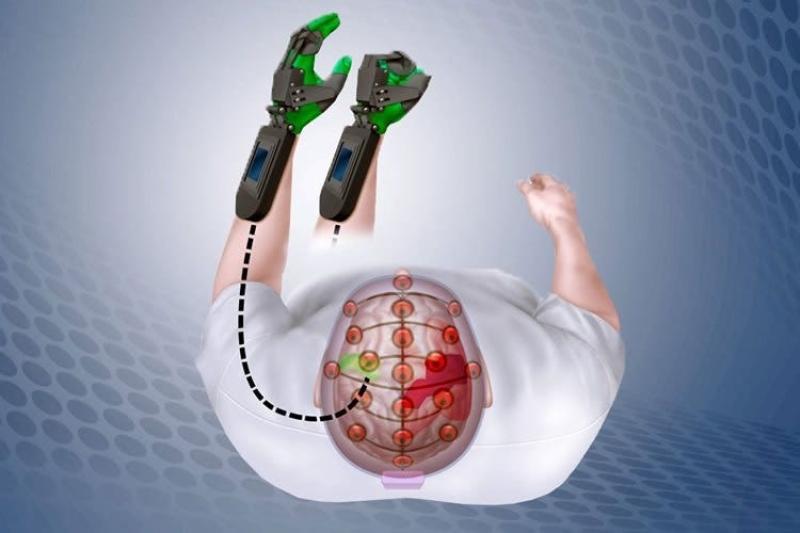Brain-Computer Interface Development Worldwide
The field of brain-computer interfaces (BCIs), also known as neural prosthetics, has seen significant growth in recent decades. BCIs allow individuals to control external devices through brain activity alone, opening up entirely new avenues for assisting those with mobility impairments or other conditions. Researchers around the world have made advances in BCI technology.
In the United States, the Defense Advanced Research Projects Agency (DARPA) has invested heavily in BCI research through programs like Revolutionizing Prosthetics. This has helped accelerate developments like EEG caps that can detect brain signals over hair without needing to shave the head. Projects at universities like Stanford, Brown, and the University of Pittsburgh have led to BCIs that can translate thoughts into speech or allow paralyzed individuals to control robotic limbs or cursors on a computer screen. Commercial entities like Global Neuroprosthetics and Synchron have also emerged to develop implantable BCIs for a variety of applications.
Europe has been another hotbed for BCI innovation. Groups at École Polytechnique Fédérale de Lausanne in Switzerland have created BCIs that restore communication through spelling out words. Researchers at the University of Tübingen in Germany demonstrated a BCI that translates brain signals related to intended handwriting motions into text on a screen. The Berlin Brain-Computer Interface drives exoskeletons for walking through imagined leg movements decoded by EEG. And the University of Glasgow has developed non-invasive BCIs for controlling video games and assistive technologies.
Advancing Neuroprosthetics in Asia and Beyond
Asian countries have also contributed greatly to advancing global neuroprosthetics. In China, BCIs allowing text communication have been designed at institutions like Tsinghua University. Researchers at the Institute of Automation of the Chinese Academy of Sciences developed a non-invasive BCI that controls a robotic arm. And the State Key Lab of Cognitive Neuroscience and Learning at Beijing Normal University created a portable BCI-driven spelling system.
Elsewhere in Asia, scientists at the Advanced Telecommunications Research Institute International in Japan created some of the earliest successful EEG-based BCIs. Groups in South Korea like at Seoul National University and Daegu Gyeongbuk Institute of Science and Technology focus on improving signal processing for higher-performance non-invasive BCIs. And in India, the Indian Institute of Technology Madras and the Centre for Neuroscience at the Indian Institute of Science pioneered BCIs combining EEG and other modalities.
BCI development is also advancing in Australasia. At the University of Melbourne, BCIs have allowed people with disabilities to operate power wheels and play computer games. And researchers at the University of Auckland created a non-invasive BCI that enhanced motor imagery classification through real-time neurofeedback training. In Africa as well, it research has emerged, such as with groups at the University of Witwatersrand in South Africa combining BCI with brain stimulation for rehabilitation.
Sharing Neuroprosthetic Advancements Globally
As the field expands around the world, international collaborations have become increasingly important for sharing knowledge and resources to accelerate progress. For example, the NeuroTechX program links researchers across America, Europe, the Middle East and Asia to establish partnerships and joint projects. And conferences like BCICORE in Germany bring together BCI scientists and clinicians from over 30 countries.
Standardization efforts also aim to facilitate multinational neuroprosthetic development. Groups like the IEEE Brain Initiative have worked to establish common data formats and experimental protocols. And the Global BCI Meeting series creates guidelines for areas like usability testing of BCI applications. International competitions further expose advances to a wider audience—the Cybathlon staged BCI and exoskeleton racing between global university teams.
As BCIs advance to assist more individuals worldwide, ensuring their accessibility and equitability across nations will become paramount. Initiatives supporting low-cost, open-source solutions can help spread neuroprosthetic benefits more broadly. Overall, through continued collaboration and open dissemination of progress, the global neuroprosthetics community works towards surmounting disabilities via direct brain-digital interfaces in all corners of the world.
Get More Insights on- Global Neuroprosthetics
